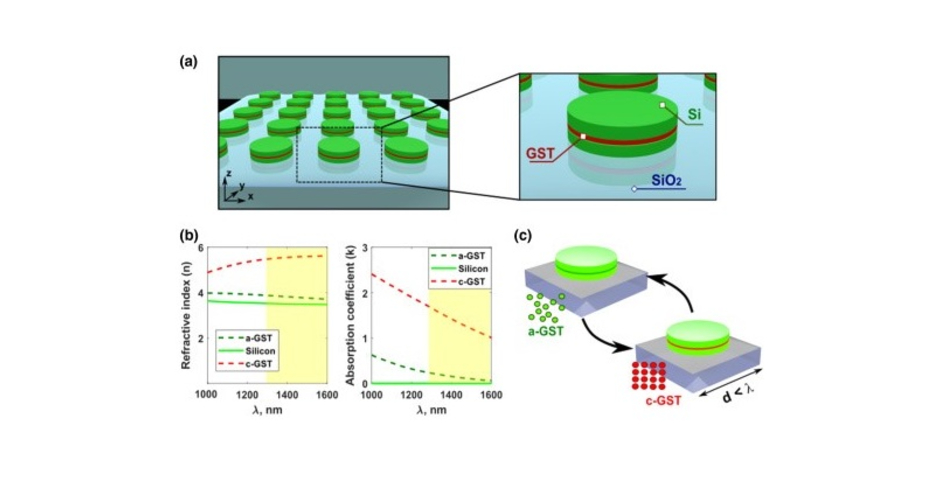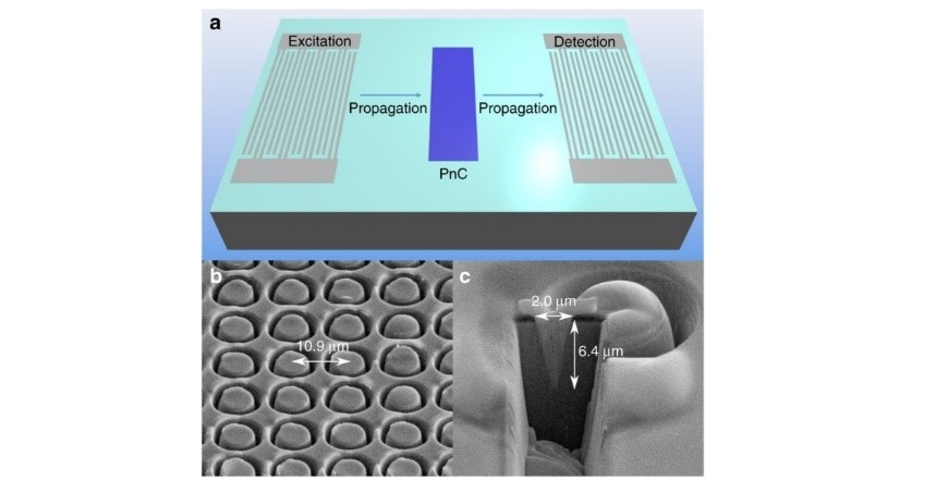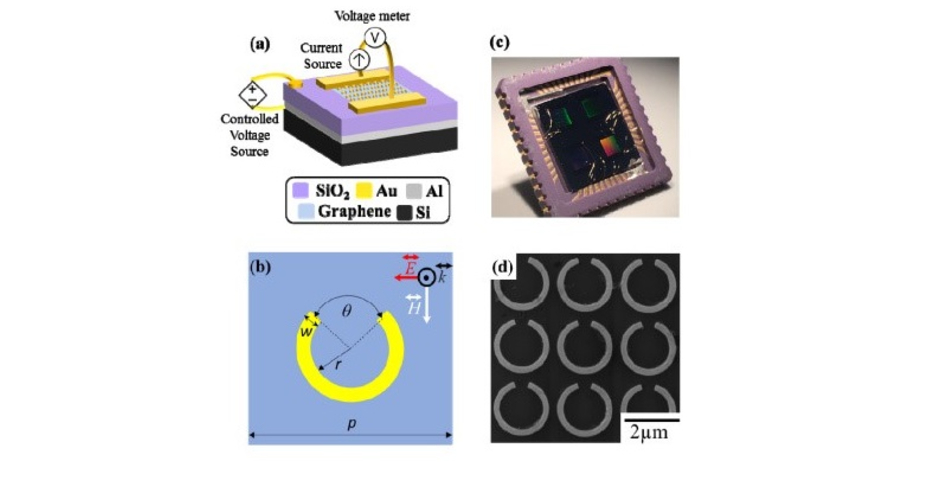Metamaterials and Metadevices
Metamaterials have properties that are determined primarily by their purpose-designed, sub-wavelength structure (i.e. their ‘meta-atoms’), rather than by the properties of their constituent materials. Metamaterials offer capabilities simply not achievable using conventional materials. In NEST we are developing metamaterials, and their 2D counterpart metasurfaces, for a wide range of important technological applications, from LiDAR to holographic displays, infrared sources and detectors, super-efficient solar cells, surface acoustic wave devices, THz modulators, multispectral imaging and biosensors.
NEST provides the engineering input to Exeter’s Centre for Metamaterial Research and Innovation (cmri), that brings together over 100 researchers working on the development and application of novel metmaterial and metadevice concepts.
NEST researchers are pioneers in the development of active, programmable and re-configurable optical metasurfaces using chalcogenide phase-change materials Target applications LiDAR, optoelectronic and holographic displays, multi-spectral filtering, imaging and sensing.

We are expert in the design and fabrication of novel types of acoustic devices, based on phononic crystal metasurfaces. A particular interest is the development of surface acoustic wave (SAW) devices using metamaterial approaches. SAW devices are important for communications technologies, where the can act as very efficient high frequency signal filters.

We are combining the unique properties of graphene with metamaterial concepts to develop next-generation modulators, sources and detectors for the infrared and THz spectral regions.

NEST provides the engineering and applications input to the University of Exeter’s Centre for Metamaterial Research and Innovation, a multidisciplinary centre bringing together over 100 researchers from physics, engineering, computer science and the biosciences.
People
NEST academics working in the area of metamaterials and metadevice include the following:

